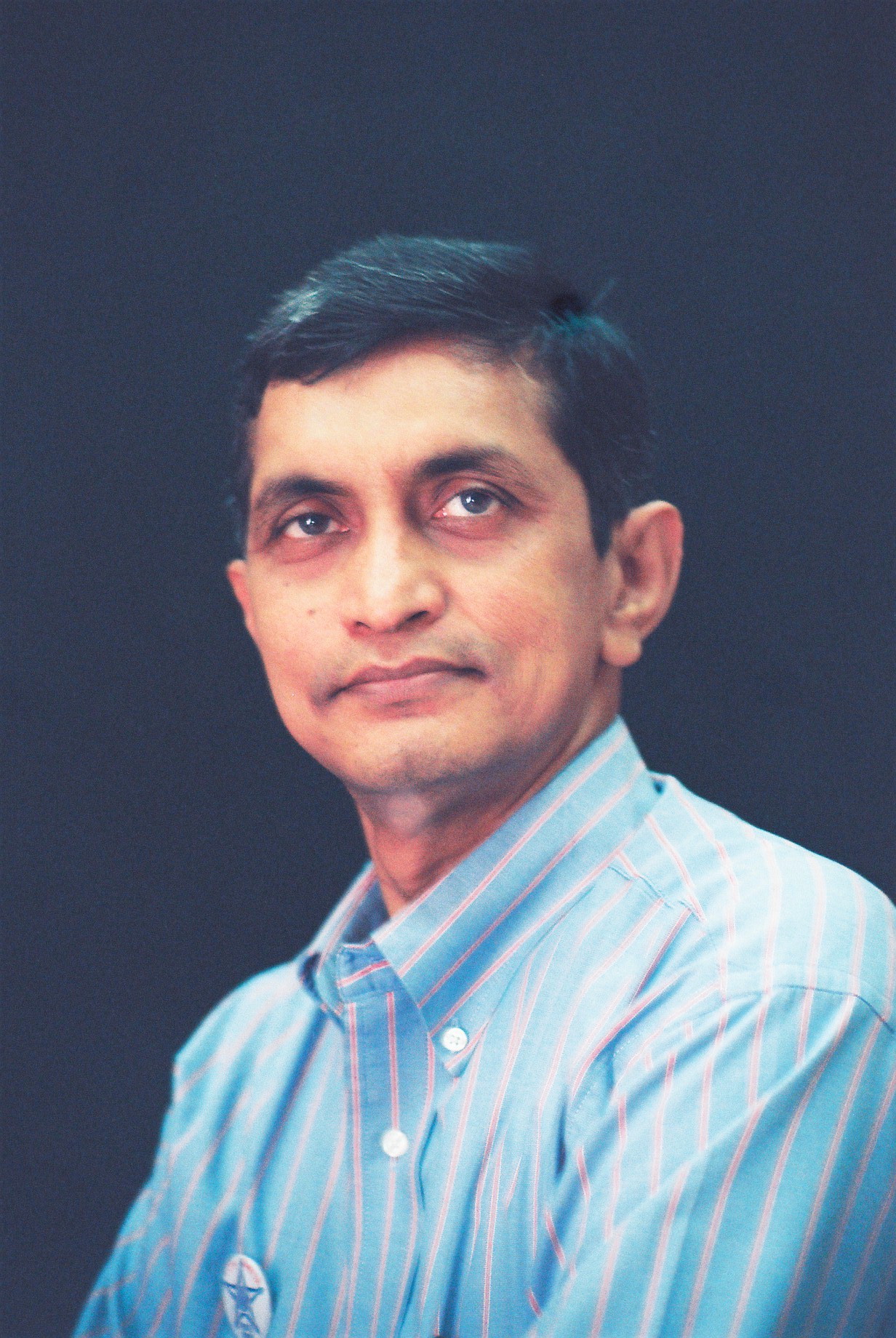|

National
Coordinator of
VOTEINDIA movement
|
Public
tranport the only way out
25-May-2002
One
of the great boons of modern civilization is the relative
ease of transport. A few centuries ago, it was widely believed
that a pilgrimage to the holy city of Benaras was equivalent
to the final passage to the cemetery. So great were the travails
of travel that people rarely ventured out of their immediate
vicinity. Unlike the Roman empire, Indian monarchies paid
little attention to highways and an efficient transport system.
Happily,
the British rule changed all this. The great highways and
the massive rail network built painstakingly by colonial rulers
integrated our economy and made long distance travel safer
and affordable at least for the middle and upper classes.
The railways also made our national movement a reality. Gandhiji
used rail travel creatively to mobilize the masses and knit
us together as a single nation. It is impossible to think
of our society and economy without an efficient transport
system.
|
|
And
yet we experience increasing problems in travel. As more and
more people travel for business, family reunions or pleasure,
our transport network is overloaded. Our big cities are choked
with motor cars and highways are congested. Holiday travel
with children needs painstaking efforts and a great deal of
advance planning. Air travel is possible at short notice,
but simply unaffordable to the many. And getting accommodation
in trains is a nightmare.
A
good, comfortable, accessible, affordable public transport
system is the essence of freedom and modern civilization.
Europe represents the best in this respect. On any day, at
any time, you can travel anywhere across Europe by rail. The
usual difficulties we experience - advance planning, reservations,
wait lists, emergency quotas, cancellations - are unheard
of in Europe. Public transport is plentiful, frequent, reliable
and affordable. Within one hour you can get into a train for
a long distance journey.
Like
in much else, we have adopted the United States as a model
for transport. The private motor car has become the symbol
of freedom and prestige. It is unthinkable that a family with
a decent income will rely on public transport in cities. Buses
are uncomfortable and congested. They are irregular and unreliable.
As a result, every family's dream is to own a car, motor cycle
or scooter.
India
is more like Europe with high density of population and many
large towns and cities. Our roads are not planned to take
a car or scooter of every family. The result is enormous congestion
and virtual paralysis. With passing time, travel is getting
slower and more difficult. We are spending more money to widen
roads and build flyovers, but our traffic is getting slower
and slower. Many commuters spend two to four hours a day on
the road traveling from homes to work and back. Life in urban
areas is increasingly painful.
We
need to focus on urban and long distance transport. Easy and
comfortable travel accessible to ordinary citizens is the
essence of modern life. Our obsession with private transport
should yield place for efficient public transport. The government
is doing everything possible to encourage the building of
an international airport near Hyderabad. But overseas travelers
do not even average about 200 passengers a day. There is no
way huge investments can be justified for such low volumes.
What we need is massive investment in cities for high quality
public transport - underground tube or mass rapid transport
systems over ground, and efficient signaling and more and
faster trains for long-distance travel. Without such clear
headed thinking and focused application of resources, our
cities will be unlivable and travel will be increasingly painful,
taking us back to medieval days.
***
|



